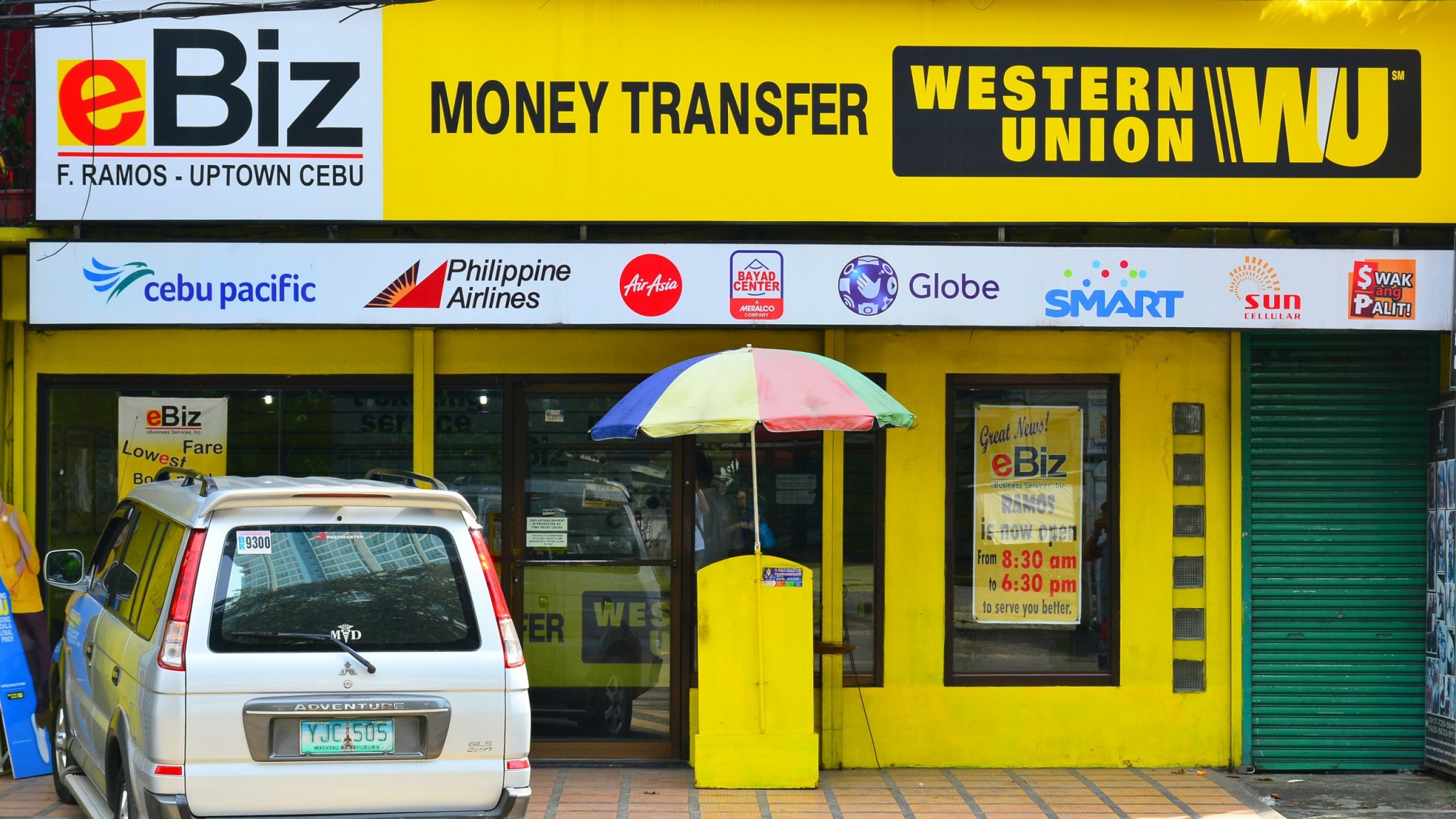By Anne Oeking
This article was published as an op-ed in BusinessWorld on June 29, 2021.

Before the coronavirus pandemic, remittances to the Philippines grew steadily each year for almost two decades. But the COVID-19-led global economic crisis has seen less money being sent home. While the situation is improving, such transfers remained at or below their pre-pandemic levels in recent months.
Every month, millions of Filipino households receive money from family members working abroad. Overseas Filipinos send around $30 billion in remittances (P1.5 trillion) home each year, though official statistics likely underestimate their actual amount. This money is an important lifeline for many families, used to finance daily consumption such as food and household needs, educational and medical expenses. Some households even manage to save a portion of the remitted amounts.
Remittances poured into the Philippines during previous economic crises, such as the Asian Financial Crisis in 1997-98. But the current health and economic crisis has been different. It has affected every part of the world, limiting the benefits attributed to the geographic diversification of workers. The crisis has impacted the health of migrant workers, and inflicted widespread job losses as many businesses had to suspend operations or shut down, and host countries tried to preserve jobs for locals. And, with travel restrictions and closed borders, new deployment has become more difficult.
Unlike previous crises, the Philippine peso strengthened against the US dollar over the course of the pandemic. With a strong peso, the same amount remitted in foreign currency yields comparatively lower amounts when converted to peso. Indeed, the fall in remittances since March 2020 has been considerably worse when measured in peso than in US dollar.
Given the negative effects of the pandemic on workers globally, it is remarkable that remittances to the Philippines have held up as well as they have. Many observers had forecast a much deeper fall. Three possible reasons come to mind as to why the data surprised on the upside.
First, it is a reminder of the strength of the family bond of the Filipino diaspora, most of whom chose to go abroad to earn higher incomes so that they can provide better for their families. Overseas Filipinos send money home whenever possible.
Second, the data may not be telling the full story. Remittances that would usually have been brought into the country in person — and therefore not recorded in official data — had to be sent through formal channels such as banks or money transfer operators as borders were closed. One indication of this phenomenon is the outsized increase of remittances sent through the United States last year, home to many correspondent banks and money courier offices.
Third, Filipinos returning to the Philippines because of lost jobs, the uncertain health situation in their host countries, or fear of border closings, could have sent all their savings home if they were uncertain about returning overseas for work. This situation would have led to a temporary boost in remittances.
While the overall drop in remittances was less than expected, the slowdown would still have lasting economic impacts. The consequences will be felt especially on the household level, with limited effects for some, but a total loss of income for others. Because the largest part of remittances is spent instead of saved, the slowdown would amplify weak domestic consumption, pulling down an already frail economy. Some households could be out of income for daily living expenses, intensifying economic hardships, raising inequality and poverty, and lowering investment in human capital such as education and health.
Policy should address the impacts from the remittance slowdown, especially at the household level. While Philippine authorities have already provided some assistance to displaced overseas Filipinos, further policy considerations could include expanding the coverage of social safety nets, strengthening domestic labor markets to absorb and integrate returning workers, and supporting the upskilling and reskilling of returning and prospective candidates to align skills with the demands of post-pandemic economies.
The deployment of overseas Filipinos — and with it the recovery in remittances — will take time to return to previous levels. Temporary factors will taper off, labor markets around the world will take time to recover, closed borders will continue to deter migration, and lost deployment opportunities will not be immediately offset. At the same time, the economies of some host countries are starting to rebound, amid falling virus cases and good vaccination progress.
Overseas Filipinos will continue — as they have in past crises — to play an important role in helping the Philippines overcome the current economic crisis, but there will be gaps which can be filled by the government in the form of mass deployment of vaccines, fiscal support for those left behind, and policy measures to adjust to post-pandemic norms.
